hunan food

The sugar oil bergamot is based on flour, and is filled with lard brown sugar with a viscosity, taste sensitivity and moderate color ratio. It has no preservatives, no pigment, no impurities, and is rich in protein, carbohydrate, vitamin and calcium. The iron and other minerals, the sugar and bergamot products are shaped like bergamot, soft and delicious, with a long aftertaste. The most attention of the sugar oil bergamot should be the middle color ratio of the lard brown sugar filling, the sugar oil Buddha hand finished like a bergamot, soft and delicious, long aftertaste.
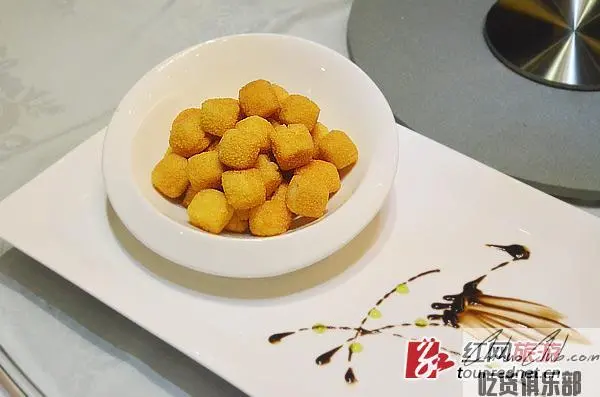
Furong Qiwei tofu texture is delicate and tender, shiny, pure taste, delicious and delicious. The above good lactone tofu is the main material, rich in protein, fat and carbohydrate. It is made of high-temperature frying, and the production process is exquisite to reduce the loss of protein, so that the water retention rate of tofu is improved, clean and hygienic, and the taste is excellent. Regular eater, good for the gas, clear lung and health.
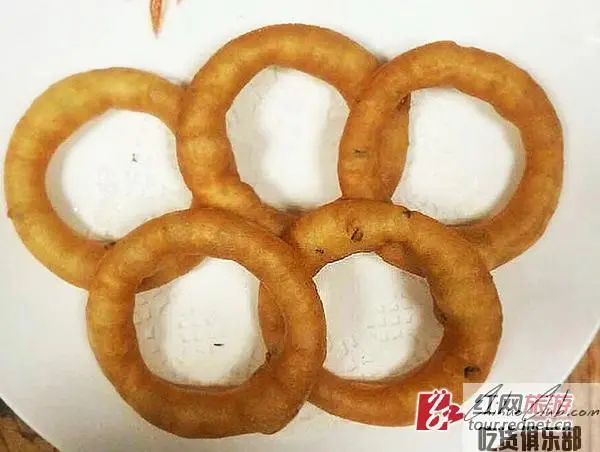
Huayue Scallion Roll is made with fine craftsmanship, and the surface preparation and frying heat are very particular. First prepare high-gluten flour, glutinous rice flour, sticky rice flour, sugar, baking powder, salt, egg, chopped green onion and water into a paste. Then put the peanut oil into the pan and cook until it is 70%. Put the noodle into a special mold and fry. To the golden yellow to remove the plate. Its color is bright yellow, the onion is fragrant and oily, and the outside is crispy and crispy. It is now eaten now, suitable for all ages.
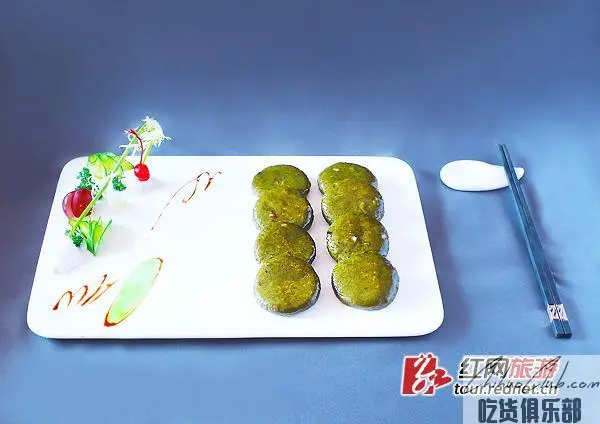
Shennong Artemisia sinensis is mainly made from artemisia and rice flour. First, the artemisia seeds collected from the low-land wilderness are minced, soaked, juiced, dried, and mixed with glutinous rice flour and water to make a round blemish. In the production process, according to personal taste, add eggs, ginger, garlic, red pepper, etc., steamed in a steamer to the inside and outside to soften, or fry in a pan to the edge of the golden brown. It can be eaten cold and hot, tastes soft and fragrant, tastes fresh and beautiful, and has the effect of lowering the three high, moistening the intestines and moistening the lungs. It is the most local food.
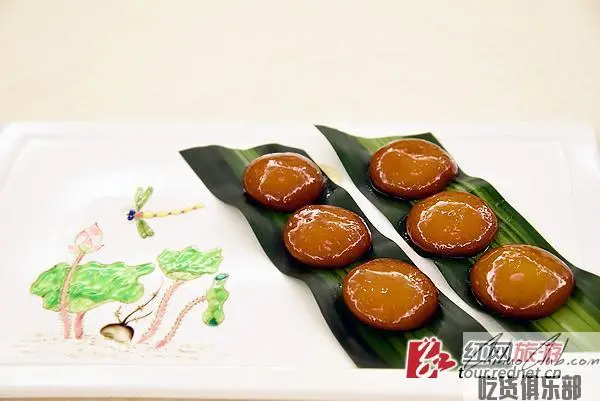
The main raw material of the characteristic sugar oil glutinous rice is Ningbo glutinous rice flour and sugar. The production process is exquisite and has a special manufacturing process. Golden crisp, sweet but not thick, oil but not greasy, soft, soft, attractive color, healthy nutrition, attracting appetite.
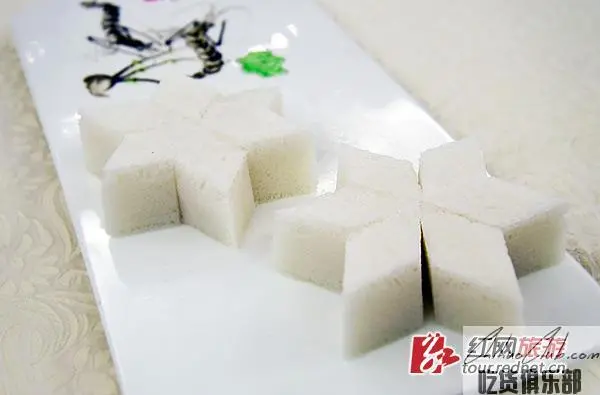
Pan-fried traditional rice cake is an easy-to-learn homemade pasta made from a selection of rice from the Liuyang rural rice. Its color is white, soft and sweet, and the meat is delicious. It is a snack in summer and autumn, with unique flavor and high nutrition and health care functions.
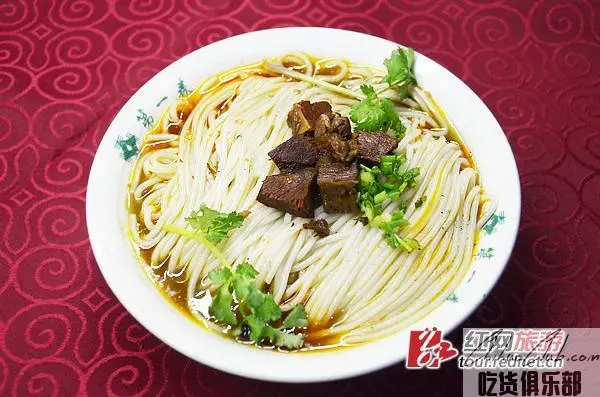
Changde rice noodles is the essence of centuries-old sedimentation of classic Hunan cuisine snacks, symbolizing auspicious reunion. The choice of materials is rigorous, the materials are fine, and the ingredients are added to the ingredients, spices, etc.; the soup is made with beef and beef bones, and the broth made by the ancestral secret recipe, fresh nourishing, strong body and beauty, ensuring The quality of rice noodles; the powder is very particular, first shake the rice flour in cold water, then pass the second water in boiling water, then comb the back of the comb with long chopsticks, cover the code, both beautiful and refreshing.
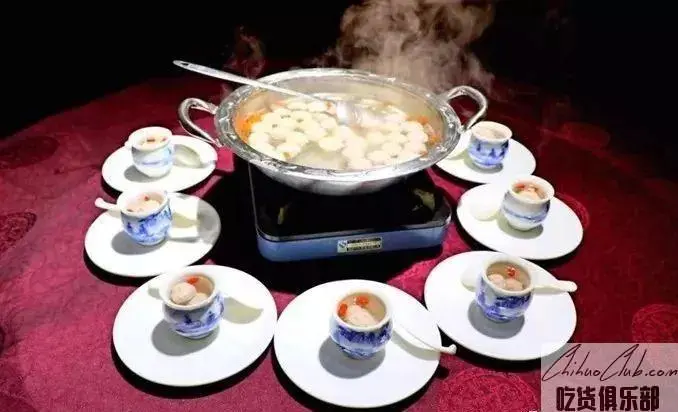
In the east of Yongcun Village in Ningyuan, Yongzhou, there is an extraordinarily dazzling ancient building. This is the Zhuangyuan Building, which is the same as the first village in Jiangnan. The Guanyuan Building is to commemorate the founding of the Tang Dynasty champion Li Wei. It is said that it is built. Eat the meatballs there to be the "No. 1"!
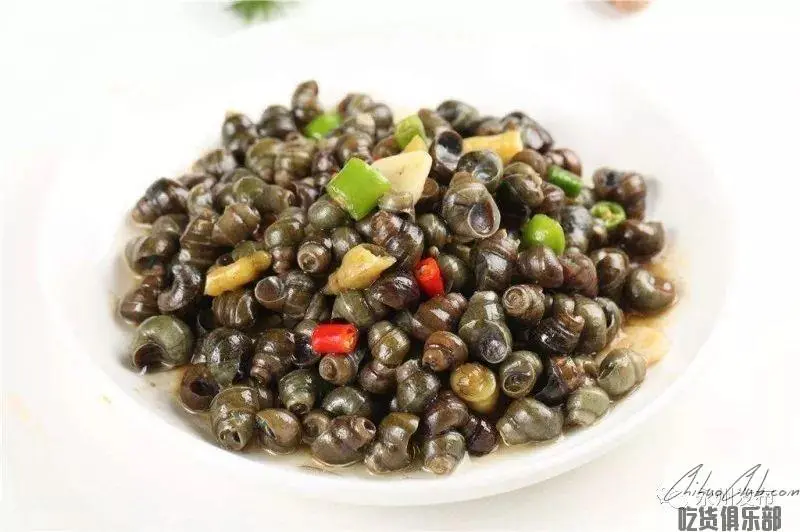
Yongzhou drinking snail is a snack in Yongzhou area. It is made from ordinary snails to the tail and fried with ginger and green onion. It has the characteristics of delicate and crisp, delicious soup and delicious taste. The key value is that it needs to be used when eating. Suck it out, or else the fun is greatly reduced;
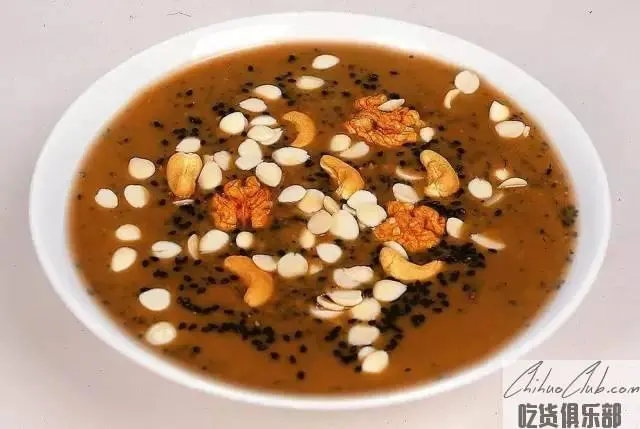
Jiangyong Yaoshan Camellia is the favorite food of the Jiangyong Yao people, and it is also the top quality of Yaomin hospitality. To make oil tea, firstly, the tea picked from the mountain will be fried and cooked, and then mixed with the appropriate lard, ginger, garlic, bean paste, mushrooms, etc. in the tea pot, stir-fried with the tea pot. The taste and essence are all out, and then add the clear and sweet mountain spring water to boil the tea, and put it into the bowl of chopped green onion, fried rice, peanuts and camellia, with delicious snacks, which will become a unique taste and aroma. Camellia oleifera has the function of removing moisture and avoiding phlegm.
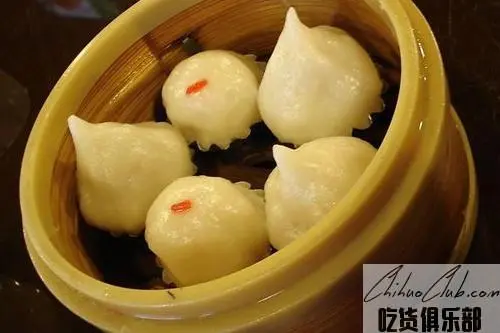
The sisters are made from glutinous rice and ground into fine powder. They are stuffed with fresh meat, mushrooms, sesame oil and other raw materials. They are made into a long flat cone with a pointed top. After steaming, it is like a delicate white jade pagoda. The fragrance is not greasy, the meat stuffing is fresh and mouthful, and has a unique flavor;
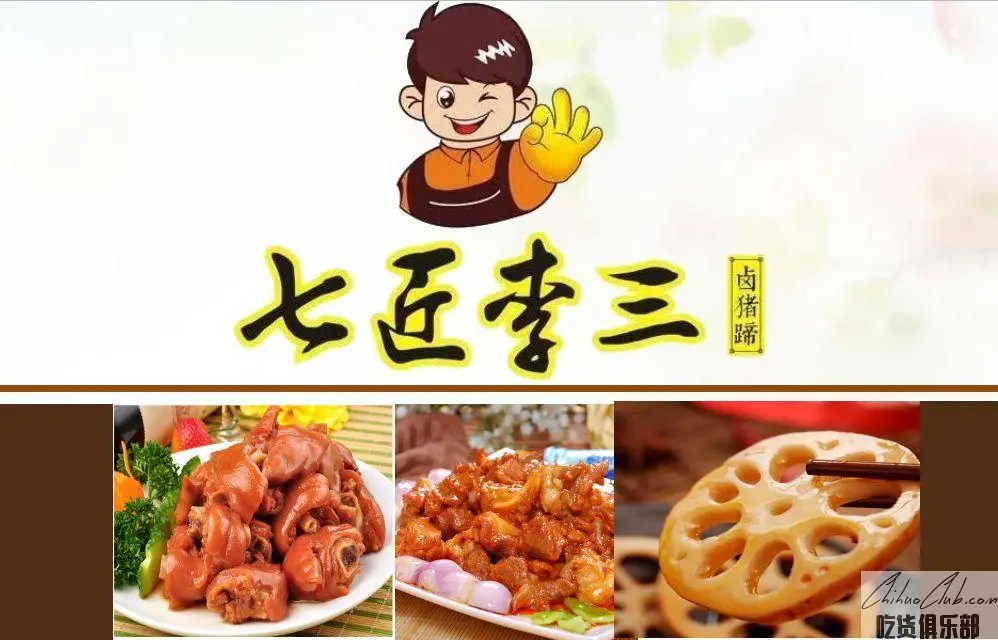
“Seven Craftsman Li San” is a restaurant chain operation company engaged in snack foods. The company always adheres to the principle of “natural, healthy, quality and delicious”. On behalf of the food, there are signature trotters, crayfish, stinky tofu, sauce duck, and Dongting Lake hairy crabs.
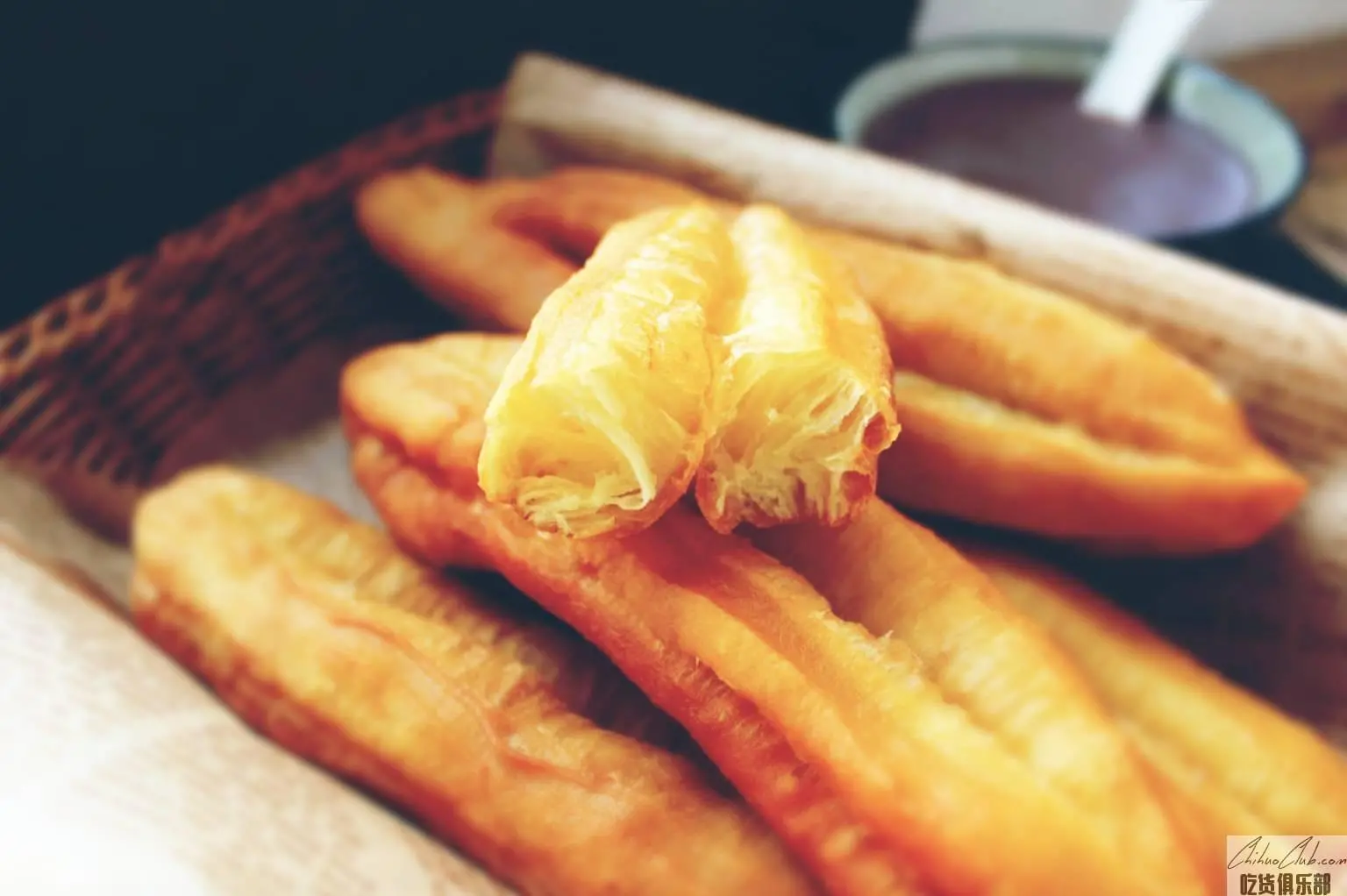
From the upper reaches of the Lishui River, the “Upper River” will go to the shore to buy food. In contrast, Taoyuan Shuixi (now Taohuayuan Town) has the most tofu and taste, and the county east street sells. The wine is strong, the sweet-scented osmanthus of the city of Bengbu, the longest fritter of the river, and there is the wine of Taoyuan, the sugar of Bengbu, the long fritters of the river, the tofu like the city wall, the boat to the German The slang of the mountain looking back.
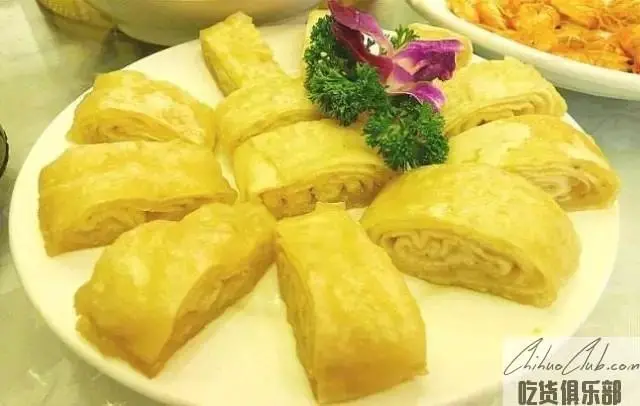
The brain pulp is a famous local traditional snack in Changsha, Hunan. The stuffing heart made of half-fermented dough wrapped with pork fat and white sugar is steamed. The product originated in Xiangtan City. Because of its sweet and mellow taste, soft texture and excellent taste, it was welcomed by consumers. Afterwards, it was widely used in various places in Hunan. Although its name is not a brain, it is actually a lard, not a real brain, the entrance is instant, and the cheeks are fragrant.
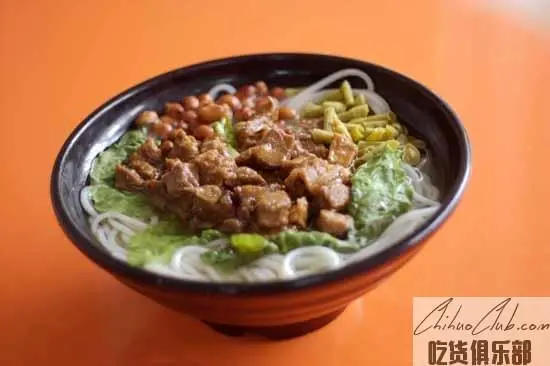
Changde rice noodles has a history of hundreds of years and it is the representative of Chinese fresh wet rice noodles. In Changde, rice noodle shops are mostly private shops, scattered in every corner of the city, wherever there is rice flour.
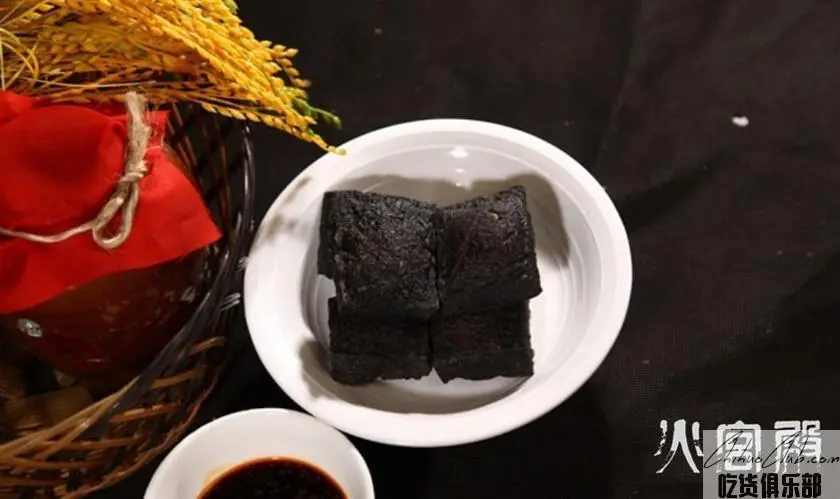
Hunan stinky tofu is a famous name for Changsha, and local people in Changsha are also known as stinky. The color is black, the outside is tender and tender, fresh and spicy. Crisp and not sticky, delicate and not greasy, the first smell of odor, scent and scent.
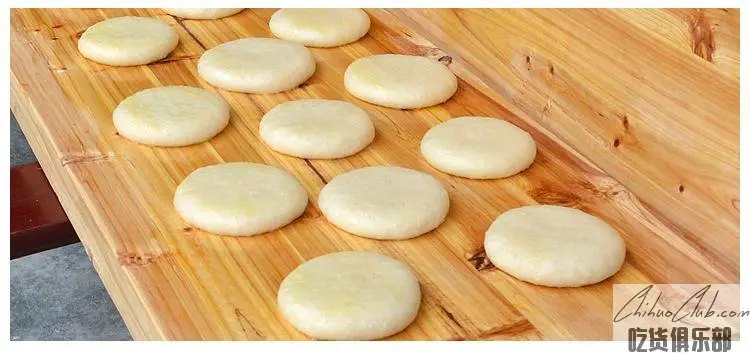
Tujia people are known as "twoty-eight, fighting." Every Spring Festival is coming, at the end of the Lunar New Year, every family has to fight rice. According to the local records, "the glutinous rice is smashed in the stone trough, and it is shaped like a full moon. The larger one is 1 foot 5 in diameter, the ordinary one is about 4 inches, and the thickness is 3 to 8 minutes." After the completion, the women who will do the tricks by the ingenuity will make a few big shackles, ranging from three to five kilograms to over ten kilograms. This is called "broken cage", which symbolizes "grain harvest" and shows that the Tujia people are generous. Playing glutinous rice bran is a labor-intensive physical activity. It is usually a man who is born in a mandarin. Two people stand on the ground and fight first, even if they are sweating in the snow and ice. It is also very particular about doing cockroaches. Sticky beeswax or tea oil, hand smashed, then pressed by hand or wooden board, to be smooth and beautiful.
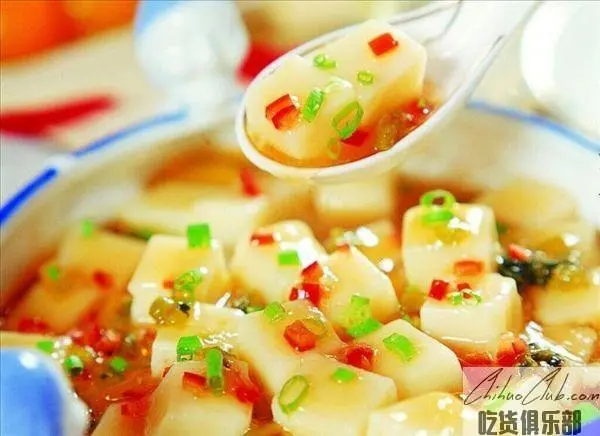
Rice tofu is a famous snack in the Phoenix area of Xiangxi. It is washed with rice and soaked in water to grind it into rice syrup, then added with alkali to make it cool, and form a block of "tofu" Serve. When eating, cut into small pieces and put them into cold water and remove them. After filling into the container, put the cut kohlrabi, salted vegetables, crispy soybeans, crispy peanuts, chopped green onion, etc. Tofu can be.
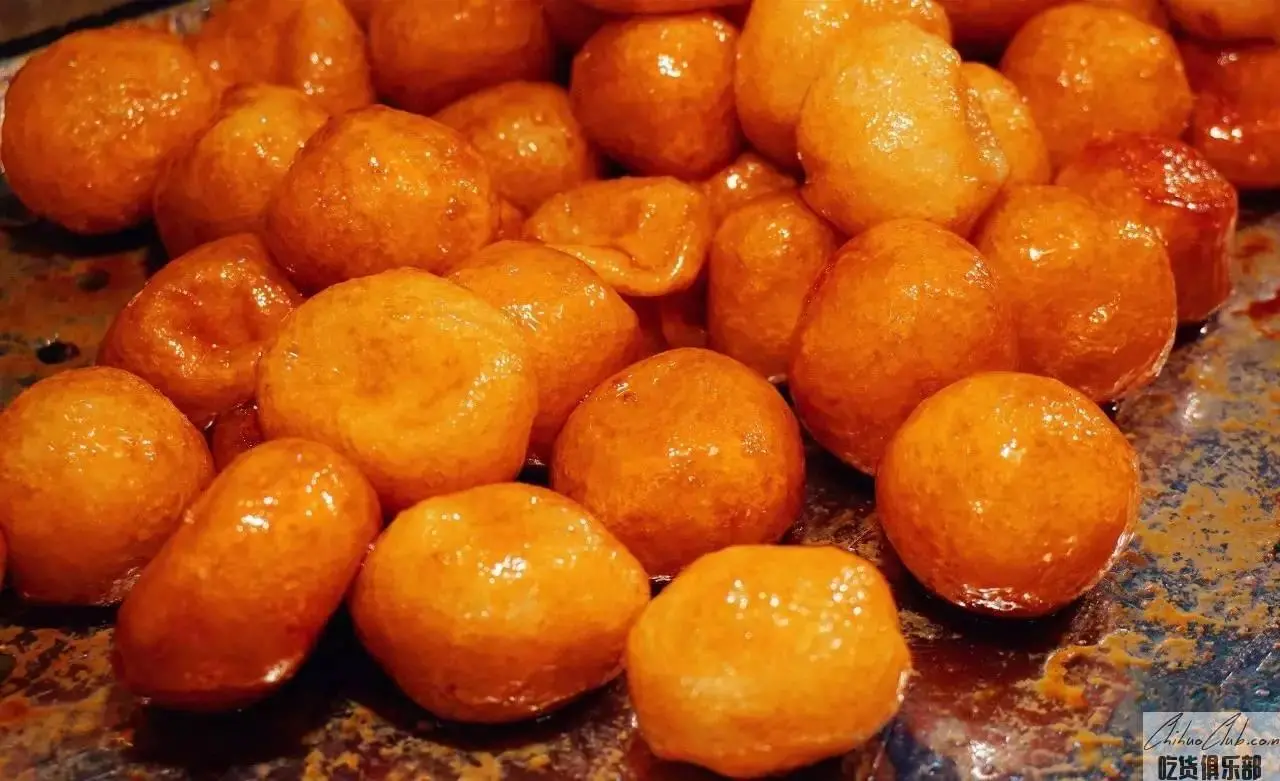
Sugar tart is a traditional place in Changsha City, Hunan Province. The price of sugar oil is cheap. The main raw materials are glutinous rice flour and sugar, but its manufacturing process is exquisite and has a special manufacturing process. Although it can't be elegant, it can't compete with Shanzhen seafood and shark's fin bear. But because of its cheap identity, it can enter and exit the ordinary people's home, and it is loved by the people and becomes a snack that the folks never eat.
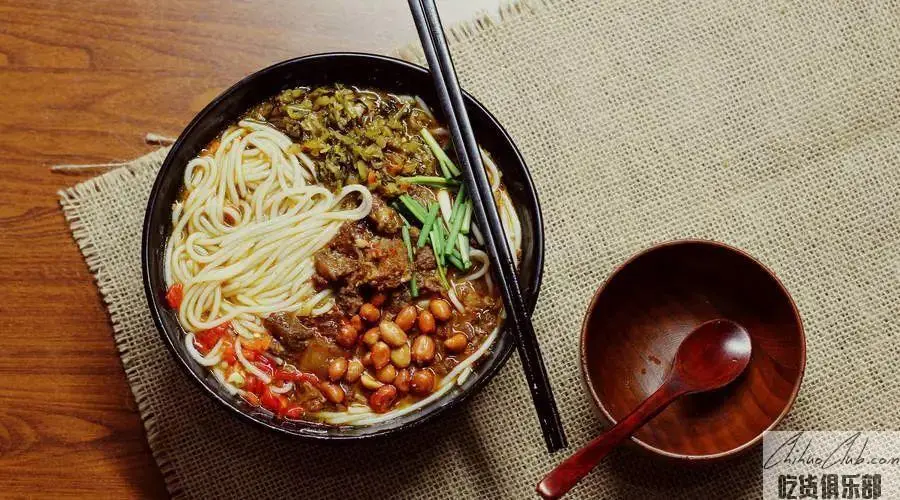
Hunan rice noodles refer to the characteristic rice noodles in Hunan Province. It is easy to store, delicious, and easy to cook. It is one of Hunan's favorite breakfasts. It has four major mainstreams: Changde rice noodles, Changsha rice noodles, Xiangxi rice noodles and Xiangtan original stone grinding rice noodles.
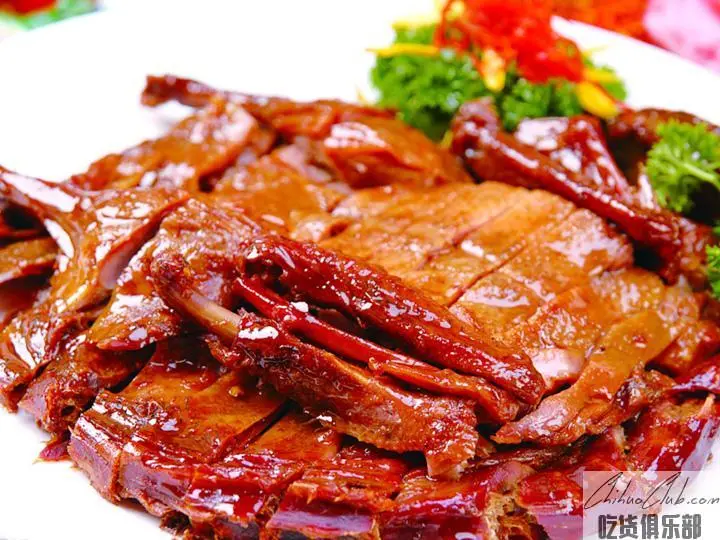
Hunan people are known for their ability to eat spicy food and eat spicy food. The taste of Changde sauce duck is not only from spicy but also beyond spicy. The spicy taste that is very spicy and spicy is the most authentic Changde sauce duck. Changde Sauce Duck uses the specialty of Shimen Mountain in Changde - wild pepper and wild pepper to admire the flavor, wild pepper to make hemp, wild pepper to make spicy; and with more than 30 kinds of spices such as cinnamon, star anise, grass fruit, fragrant leaves And more than 10 kinds of Chinese medicinal herbs such as Huaishan, Angelica and Chenpi are reconciled with each other. The marinated ducks are completely submerged in the formula brine and heated for 40 minutes. Its sauce is outstanding and its layers are rich, which is in line with the spicy food characteristics of Hunan cuisine.
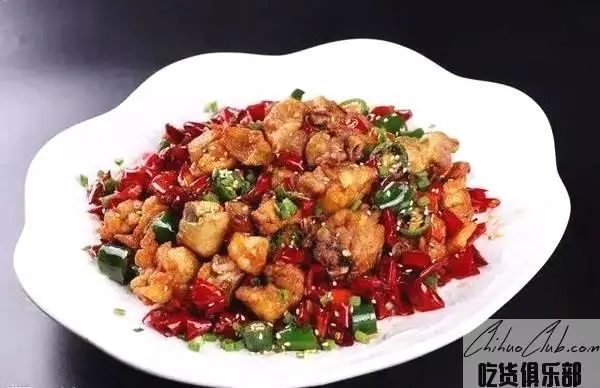
This famous dish of spicy chicken fully reflects the local characteristics of Hunan: First, Hunan has a humid climate and is prone to rheumatism, thus forming a habit of eating chili and ginger. Second, Hunan chicken has a large yield and is rich in nutrients. Spicy chickens are usually made from the mother chicken, with chili as the auxiliary material, refined by cooking oil, and then cooked with seasoning, yellow vinegar, garlic and other spices. After the dish is cooked, the chicken is golden and the outside is tender and tender. It tastes delicious.
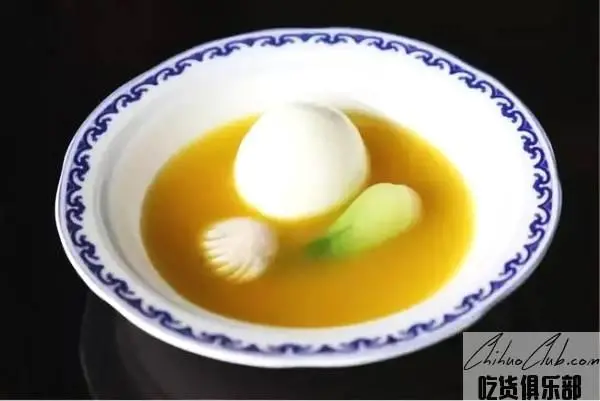
Changsha’s traditional dishes are famous in the 1930s. Knock the lower end of the raw egg into a small hole, remove the egg white egg yolk to remove the egg yolk, leave the egg white, and then add the egg yolk equal amount of chicken broth, lard, salt, monosodium glutamate, etc. to the egg white, and then inject into the empty eggshell, and then put Steamed on the steamer, peeled out is still a complete egg, but no egg yolk. Then add the seasonings such as mushrooms. The taste is fresh and delicate. The key to making mushrooms without yellow eggs is to master the heat, not only steaming, but also letting the egg whites flow out and destroy the shape. The egg noodles are smooth and the texture is unusually fresh. Customers who eat such eggs without egg yolk are often amazed.
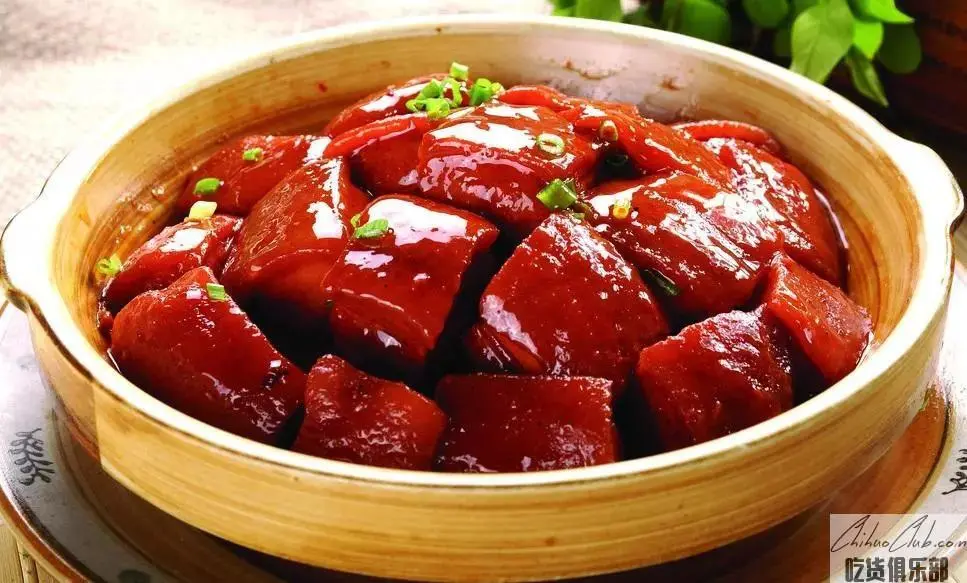
Mao's braised pork, also known as Maojia braised pork, is a traditional Hunan dish with a full range of flavors and flavors. Mao's braised pork is made from pork belly, and white sugar and cooking wine are fired from colored seasonings. After becoming a dish, the color is golden, oil is not greasy. After the dish is formed, the color is red and bright, the meat is rich in flavor, and there is no greasy feeling. Because a little pepper is added during the firing process, the taste is sweet and salty, salty and spicy, sweet but not greasy.
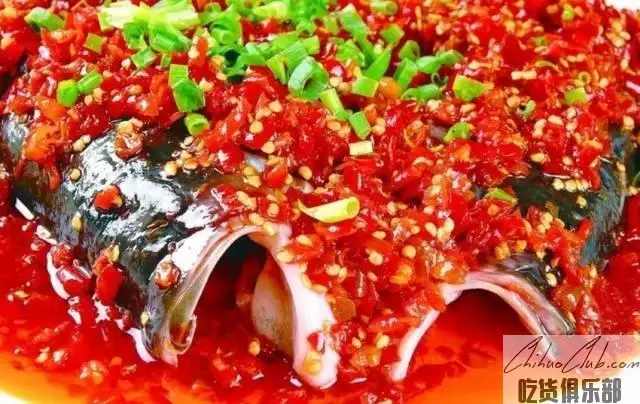
The fish head is a traditional dish in Hunan Xiangtan and the junction of Hunan and Jiangxi. The flavor of the fish head is “sweet” and the “spicy” of the pepper is unique. The color of the dish is bright and the taste is strong. The steaming method makes the fresh fragrance of the fish head be kept in the meat as much as possible. The taste of the pepper is just infiltrated into the fish. According to legend, the origin is related to the Qing Dynasty literati Huang Zongxian. It is usually made from squid fish head and scallions, steamed with oyster sauce, ginger, onion, garlic and other accessories.

Lawei Wei steaming is a traditional dish in Hunan, belonging to Hunan cuisine. It is made from steamed pork, waxed chicken, bacon, chicken soup and seasoning. The method is simple, the waxy fragrance is strong, salty and sweet, palatable, flexible and not greasy, and has the effects of appetizing, cold, and digestion. The terrain in Hunan is low and the climate is warm and humid. Fresh meat products should not be stored, but the smoked bacon is preserved and stored. Gradually, the people also developed a eating habit of eating bacon. As early as the Han Dynasty, Hunan ancestors used bacon to make delicacies. In the Qing Dynasty, such dishes were well known, and “wax and steamed” is one of many bacon dishes.
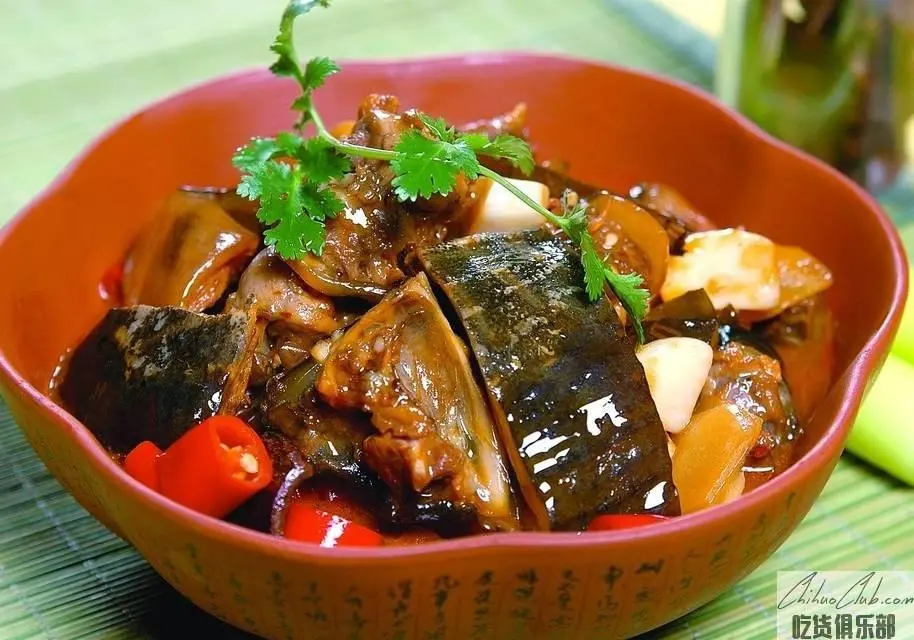
The red dragonfly fish skirt claw is the traditional famous dish of Hunan Xiangtan, belonging to Hunan cuisine. The color is bright red, delicious and nutritious. The water fish skirt is cut into cubes of 3 cm in size, and the pork belly is cut into two large pieces. Cook the lard in a pot, stir-fry the garlic cloves, and fry the skirt. When the water is dry quickly, stir the wine, the pork belly and the seasoning. Stir in cold water, then pour in the corrugated pot and cover for 20 minutes. Remove the onion ginger and pork belly, add the fried garlic cloves, and then simmer for 10 minutes to serve.

Leigong duck is a traditional dish of Hunan cuisine, dry and spicy. The ducklings are air-dried after pickling, steamed and then burned, the color is red and bright, and the flavor is rich. After the whole duck is smashed into the corrugated, it is beautiful and generous.
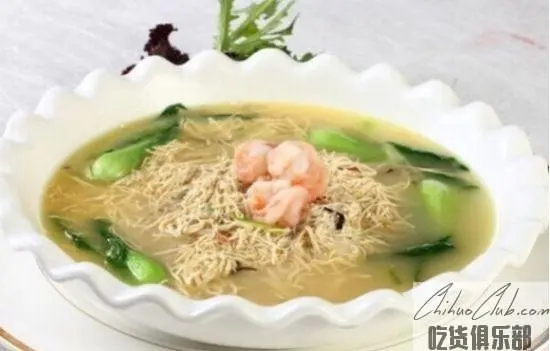
Also known as the mushroom soup, it is one of the specialty dishes of the Yulou East Restaurant in Changsha City. It is also a traditional dish of Hunan, and it is spread all over the place. After studying this dish in Beijing, Xu Jichuan, a famous drama research expert, left an impromptu poem and praised him: "I am a singer and singer, I don’t know how to drunk and slaughter, I have a taste of Hunan, and I have a soup." The capital.” Its vegetables are white and green, the mushrooms are soft and tender, the tip of the belly is crisp and tender, and the soup is mellow and refreshing.
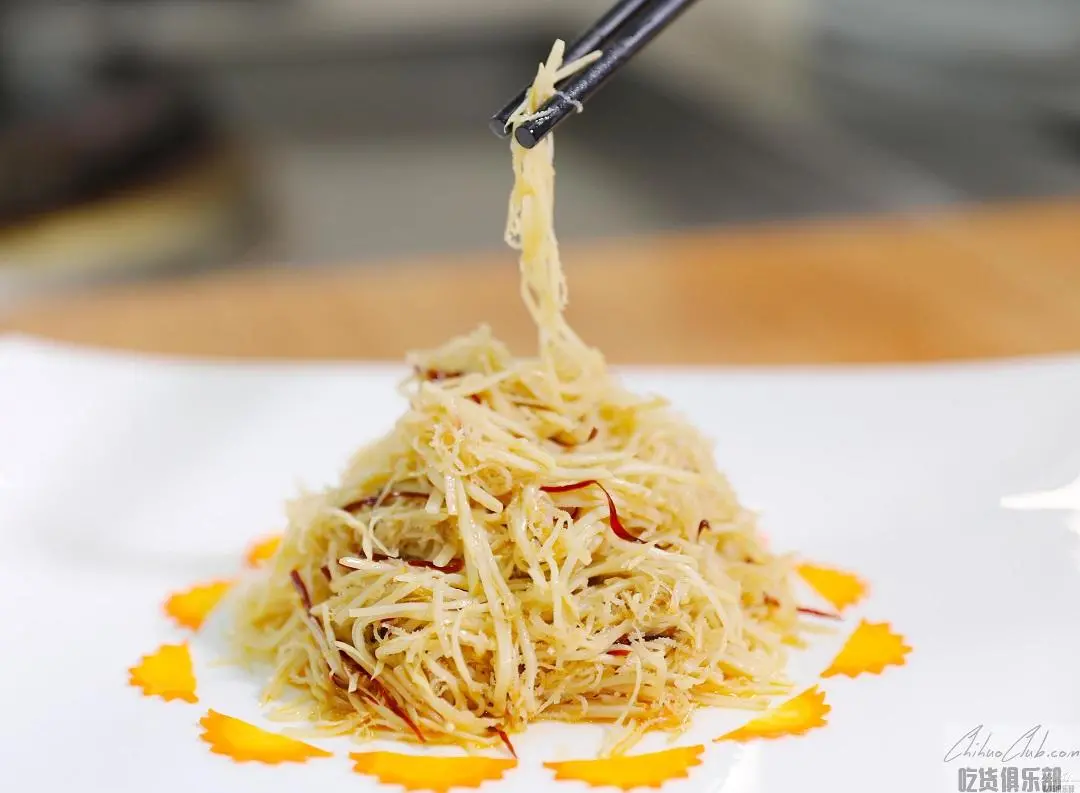
The hair venetian leaves are crispy and tender, slightly spicy and extremely refreshing. The hundred-page beef belly is soft and tough, and the fried dish is crisp and tender. Hair venetian blinds and red yak tendon tendons, yak brain, praised as "three cattle in the cattle", from the Qing Dynasty 11 years (1885) Hui people restaurant Li Hesheng. “Zizhong Sanjie” is known as “a unique dish in Hunan cuisine”. In 1938, the famous social activist and poet Guo Moruo came to Changsha and was invited to taste "Li Hesheng". After eating it, he was full of praise and put the scene into the famous "Hong Bo Qu", which was passed down as a beautiful talk.